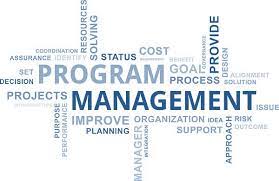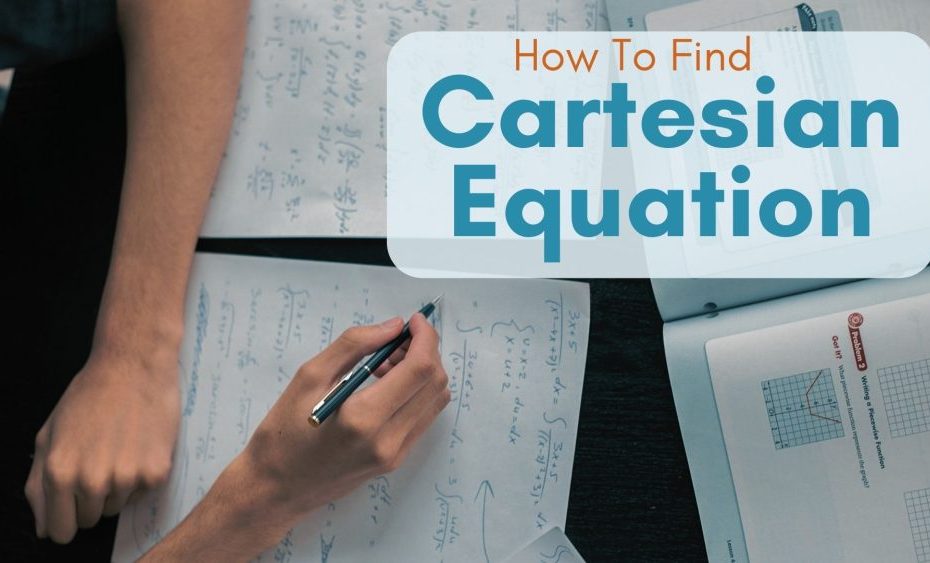Enhance Customer Service Experiences
Assessment 3
Written Questions
Question 1
Accommodating: – This is a strategy in which conflicts are resolved by one person asking for his demand that will be completed for the conflict resolution.
Avoiding: – this means the reaction to the conflict to avoid directly confronting the issue at hand and changing the subject of the conflict.
Collaborating: – this means focusing on the best solution and cooperative solution after discussing with both parties
Compromising: – This means the conflict will be solved by making concessions to both parties’ needs and remaining satisfied with the solution.
Competing: – this means the conflict will be solved without considering others’ points of view.
Question 2
- first pause and separate from conflicts
- identify the conflict negotiator
- then choose the right medium of solution
- issue of conflict should be acknowledged
- then do conversion with parties
- listen to the issue actively
- reaching to understanding the issue
- Act conclusively on the issue
- Follow up with Thanks to parties
- Give proper Future Guidelines for issues
Question 3
- feedback from customers helps in measuring customer satisfaction.
- feedback collection shows that they value the customer’s opinions
- feedbacks helps to create the best customer experience
- these help in the customer retention
- helps in improving customer satisfaction for next time.
(Sezgen, et al.,2019).
Question 4
- feedback through emails
- feedback through surveys
- feedback through Focus Group
- feedback through User testing
- feedback through social media
Question 5
The feedback from customers should be analysed properly and should be responded to according to the feedback.
Question 6
- market research
- customer feedback
- invite collaboration from Customers
- Social Media
- Management of Customer relationships
Question 7
- Through Polls and surveys
- Live chat with customers
- Monitor Feedback on the other site
Question 8
- always know your product
- always maintain a positive attitude towards customers
- creatively problem-solving process
- respond quickly
- personalize the services
- help customers
- always focus support on the customer
- listen to the problems related to services actively
- always keep promises to the customers
- always be proactive and helpful
Question 9
A follow up with a client is very important because this gives a chance to hear and engage effectively and this lets them know what clients want and expect from us and this help in the growth of the organisation ( Tidhar, et al.,2020).
Question 10
The two dimensions of service are procedural and personal.
Question 11
- respect the customers
- understanding the needs of customers
- listen carefully to the customer’s problem
- responding to the feedback of the customers
- serving in the proper manner
Question 12
- “I am not sure about the solution”
2” That is not so bad as you are telling”
- “listen to me”
- “you are wrong”
- “I will tell them”
- “we are not responsible for this”
- “it is fine to have a problem”
- “calm down”
Question 13
- price of the product
- quality of service
- convenience of the service
- fairness in the services
- information about the client’s needs
- understanding the customer behaviour
Question 14
Whenever a service breakdown occurs there should be proper research on the product or service and ask for feedback from the customer to identify the problem and act critically on the problem to solve it as soon as possible (Xiang et al., 2017).
Question 15
- not listening actively to the complaints
- lack of communication
- training failures
- inadequate supporting equipment
- conflict in the workplace
6 lack of respect during service
Question 16
- why do they buy any product
- when they buy any product
- what they buy
- how do they buy any product
- Occupation of the customers
- the gender of the customer
Question 17
- always attentive and mine the future desires of the customer
- let firstly try before buying
Question 18
Respect: Always respect your customers as they are responsible for the salaries that we get
Integrity: Always solve the problems of the customer by taking help from other colleagues
Question 19
- Spend Based Loyalty Programs
- Point Programs
Question 20
- The name of the customer
- Occupation of Customer
- Email of the customers
- Contact number of the customer
- Workplace of the customer (Sezgen, et al., 2019).
Question 21
If there is any launching of a new product in the company then you can use a customer database to inform about the product the interested customers
The customer database helps in the marketing of any new brand to the next level.
Question 22
- there should be professionalism in the customer services
- always have patience for the proper communication in customer service
- always give priority to the customer’s needs.
Question 23
- financial constraints of the organisation
- the profit of the sale from the product
- practice should be social and culture to consider when compensating dissatisfied customers
(Mikalef, et al.,2018)
Question 24
12 hours should be the acceptable response time
Question 25
| incorrect pricing or quotes |
The pricing should be corrected as soon as possible with feedback
|
| delays or errors in providing products or services |
The services should be checked properly and provide the product on time.
|
| misunderstanding of customer requests |
Ask the customer again for the request and listen to the request again carefully
|
| escalated complaints or disputes |
First, try to know the reason for the dispute and then solve the dispute by taking the appropriate method of solution in which they both satisfy
|
| other team members or suppliers not providing special requests |
Should ask the supplier and ask them to provide and solve their problem
|
| misunderstandings or communication barriers |
Checking where the communication errors are happening and then correcting the barriers in the communication
|
| unmet expectations of, or problems or faults with, service or product |
Should be checked carefully and note down the problem and solve that problem efficiently
|
Question 26
- tea
- coffee
- soft drink
- salad
- Water
Question 27
- always be flexible in the services
- make the notes of the reason for the unhappiness
- Follow up should be quick
- Listen to the problems actively
- always respond properly do not react
Question 28
- always look in the menu for the new
- behaviour of customers
- they will ask for the special when looking at the menu
- the body language
(Xiang et al.,2017).
Question 29
- Verbal Communication: – when you are welcoming customers and asking for the order
- written Communication: – when you are noting down the order of dishes from customers
- digital Communication: – taking feedback from the customers via email.
References
Harris, R. (2019). ACT made simple: An easy-to-read primer on acceptance and commitment therapy. New Harbinger Publications.
Hill, N., Brierley, J., & MacDougall, R. (2017). How to measure customer satisfaction. Routledge.
Mikalef, P., Pappas, I. O., Krogstie, J., & Giannakos, M. (2018). Big data analytics capabilities: a systematic literature review and research agenda. Information Systems and e-Business Management, 16(3), 547-578.
Sezgen, E., Mason, K. J., & Mayer, R. (2019). Voice of airline passenger: A text mining approach to understand customer satisfaction. Journal of Air Transport Management, 77, 65-74.
Tidhar, R. (2020). Developing High-Performing Business Models. Stanford University.
Xiang, Z., Du, Q., Ma, Y., & Fan, W. (2017). A comparative analysis of major online review platforms: Implications for social media analytics in hospitality and tourism. Tourism Management, 58, 51-65.








